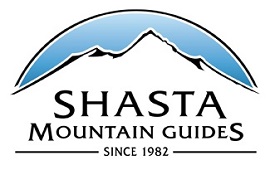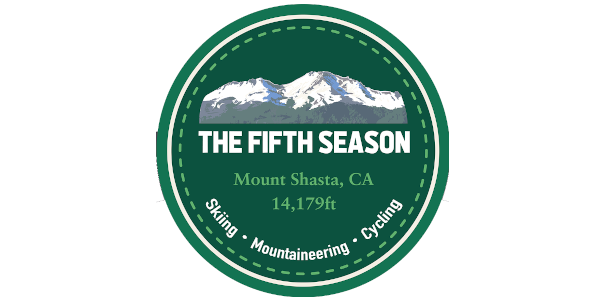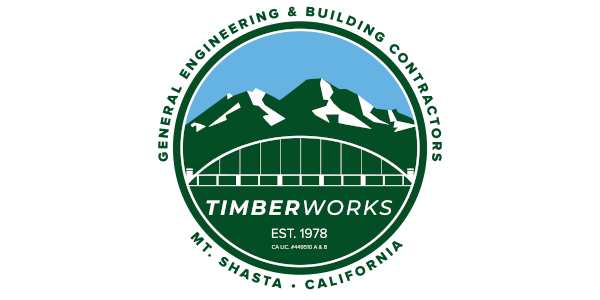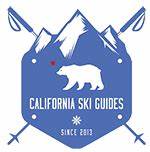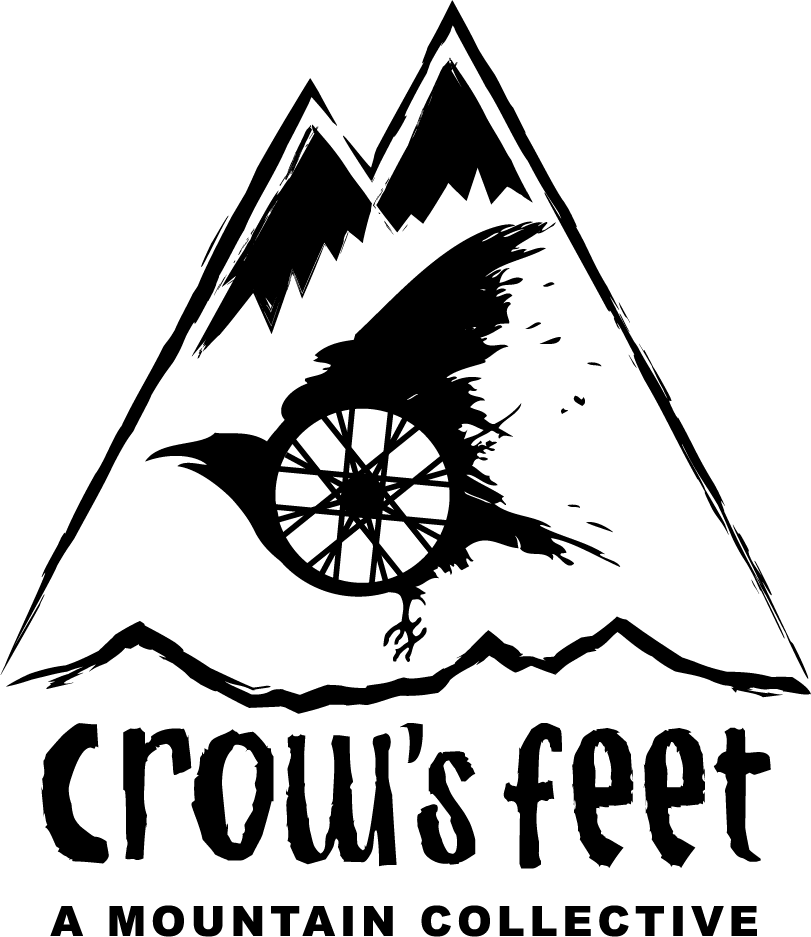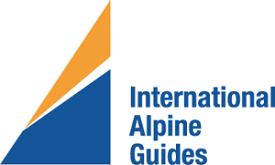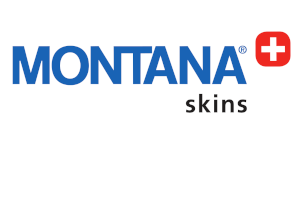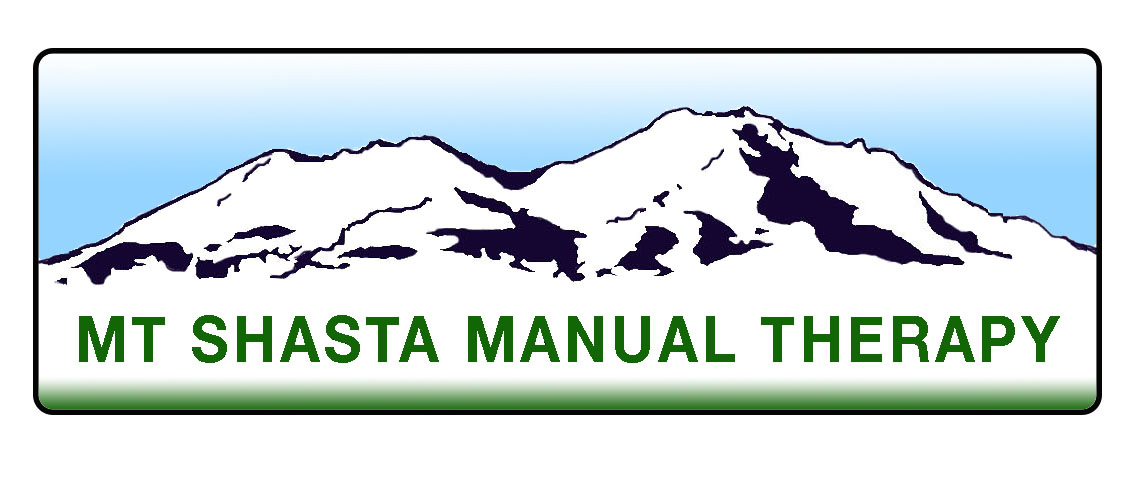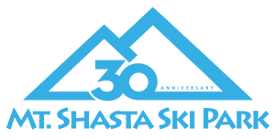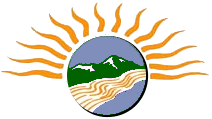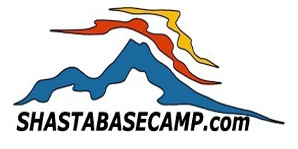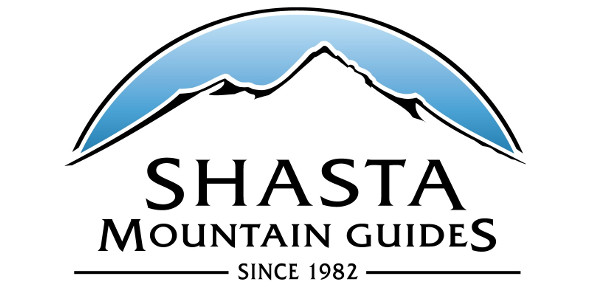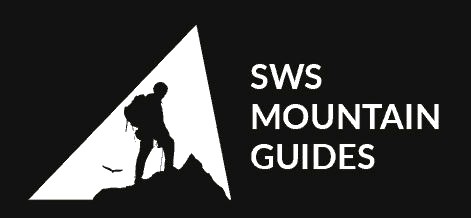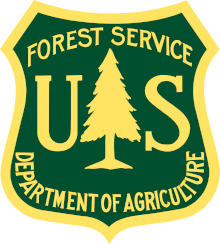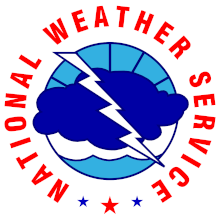You are here
Avalanche Advisory for 2014-04-18 04:32:30
- EXPIRED ON April 19, 2014 @ 4:32 pmPublished on April 18, 2014 @ 4:32 pm
- Issued by Nick Meyers - Shasta-Trinity National Forest
Bottom Line
SPRING STATEMENT: Overall, LOW avalanche danger exists for all aspects and elevations on Mt Shasta. Wet loose instabilities such as roller balls and pinwheels and potentially larger wet loose slides should be of concern on warm days with above freezing overnight temperatures on E - SE - S - SW facing slopes.
Normal caution is advised.
Carry a beacon, shovel and probe and know how to use them!
Avalanche Problem 1: Normal Caution
-
Character ?

-
Aspect/Elevation ?
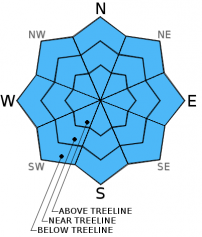
-
Likelihood ?CertainVery LikelyLikelyPossible
 Unlikely
Unlikely -
Size ?HistoricVery LargeLargeSmall

Spring sun with warm daytime highs and above freezing overnight temperatures can allow for loose wet snow instabilities like roller balls, pinwheels, and loose wet snow sluffs to occur during the spring time on Mt Shasta. While most of these loose wet avalanches should remain too small to bury a person, they could still push a person into an area with undesireable consequences or where terrain traps exist. Larger wet loose avalanches are unlikely most of the time; however, they are not impossible. Loose wet snow avalanches can start small and entrain more snow as they move down the hill and potentially gain size. Expect wet loose activity during the mid-day hours and/or warmest portions of they day on E - SE - S -SW facing slopes. Pay attention to who is above and below you, whether you're skiing or climbing. As climbers and skiers flock to Mt Shasta for good spring conditions, this will play a factor. It would be quite easy for a skier to trigger a wet loose slide on top of climbers.
Recent Observations
SPRING STATEMENT: The Mt Shasta Avalanche Center has shut it's doors for the season. We will still monitor the snowpack and be sure to update the advisory as needed, be it that any late season storms arrive and as conditions change. Thanks for all your support. Be sure to check the Climbing Advisory also!
Snow still exists all the way down to Bunny Flat but not for long. Conditions are in their prime for skiing and climbing on Mt Shasta. The corn skiing crop is coming into full bloom currently and in the coming week. Elevation, aspect and night/daytime temps will be variables that need to be considered to catch it right! If you ski from the summit, somewhere in that 7K feet you will get some good snow, but probably also some firm/icy snow and/or soft and gloppy stuff. Talk to the rangers or ask a local where the best turns are to be had as it changes daily!
The primary avalanche probem for our spring snowpack will be loose snow instabilities. This type of instability is most often in the form of roller balls and pinwheels which usually don't pose a threat. However, larger wet loose avalanches can and do occur on Mt Shasta during warm spring conditions and are of more concern. Typically, these types of slides will start small and entrain more snow as they move down the hill. They will generally move much slower than a dry slab avalanche, however can still easily bury a person, especially when terrain traps are involved. Expect wet loose activity during the mid-day hours or warmest portions of the day on E - SE - S -SW facing slopes. It's not often we see climbers trigger wet loose slides, however we do see skiers trigger them. It could easily be the case, with increased crowds on Shasta this spring, that we see a skier trigger a wet loose slide on top of a climber(s). SO, be mindful of people all around you. Look above and below you and have keen situational awareness. We can all play together out there and be safe, if you pay attention.
Spring time brings us the possibility of corn snow, powder or rain. Remember it is possible for spring storms to dump impressive amounts of snow and/or rain. Most of the avalanche activity associated with these spring storms occurs during or shortly after the storm event. Timing is critical when playing in avalanche terrain.
If during the warmer parts of the day you see signs that the surface snow is getting warm, such as snowballs rolling down the slope or you find the snow is sloppy enough that you sink in to your boot tops, it would probably be a good idea to play it cool and find another slope to play on or under, or call it a day. If this does happen, avalanches can be triggered. If the snow only freezes at night, an early start will be imperative. The snow does soften quickly and will become increasingly unstable throughout the day as it is warmed by solar radiation. If the snow is soft early in the morning due to a lack of freezing overnight, it is probably a good idea to play another day.
NO DOGS ALLOWED IN THE MT SHASTA WILDERNESS. Also, The Sierra Club Foundation manages their property under the Mt Shasata Wilderness rules - so you cannot bring dogs on foundation property either. PLEASE RESPECT THE RULES. THANK YOU! There are many places you CAN take your dogs on the mountain. Take a look at the map at the trailhead. Any areas outside the wilderness boundary/sierra club land are fair game.
======================================================================================================================
For climbers, conditions have been excellent on all routes. Be sure to also check the CLIMBING ADVISORY on our webpage. The season for climbing Mt Shasta is going to be shifted forward this year. On a normal year with ample snow on the ground, good climing conditions usually start in April and can go all the way into July sometimes. This year is not the case...the best conditions to climb Shasta this year will be NOW through April and potentially May. The extent of good climbing conditions will hinge on our Spring weather. More snow could potentially extend the season and warm days with shining sun will shorten it. While the mountain looks like it's got a thick blanket of snow on it, in reality there is only about 2-5 feet of snow on the ground, depending on aspect and elevation. Good climbing conditions, in general, means snow on the mountain. As the snow melts, rockfall increases and a climb of Shasta becomes more dangerous. All in all, sooner than later will be best for climbing Shasta. Check the climbing advisory on our webpage also!
PLEASE NOTE: Snow conditions on most routes are smooth and firm, especially in the AM hours. Conditions as such have lead to accidents due to slip/falls and failure to self arrest. A slip and fall on smooth, firm and sometimes icy snow can result in a slide for life on the steeper slopes of Mt Shasta. Self arrest skills with an ice axe and proper crampon use are essential for a safe climb. Do not under estimate the importance of proper knowledge and skills with your ice axe/crampons/self arrest techniques. Further, an avalanche beacon, shovel and probe are recommended for any climbers attempting Shasta currently. Lastly, with snow on mountain, the rockfall danger has been low. However, rime ice can plaster exposed rocks on Shasta this time of year. As the days warm, the rime ice will flake off and fall onto climbers below, especially on the Avalanche Gulch route. Ice is like a rock and a HELMET should always be worn.
--------------------------------------------------------------------------------------------------------------------------------------------------------------
North and East side TRAILHEADS: (Check out the CLIMBING ADVISORY for more information)
Military Pass: OPEN all the way through.
Northgate: OPEN - One may drive all the way to the trailhead currently. Summit pass/wilderness permit/human waste packout bags are available at the trailhead. 4wd is not necessary to get to the TH, however a sports car is not recommended as the road is a bit rough in sections.
Brewer Creek: CLOSED - Currently (as of 4-11-14), vehicles can make it .6 miles on the 42N02 road, which leaves about 5.4 road miles to the trailhead. Pick up your summit pass/wilderness permit/human waste packout bags at the Mt Shasta or McCloud Ranger Stations.
Clear Creek: CLOSED - Currently (as of 4-11-14) one can drive .1 miles past the 31 road currently, which leaves 2.4 road miles to the trailhead. Pick up your summit pass/wilderness permit/human waste packout bags at the Mt Shasta or McCloud Ranger Stations.
---------------------------------------------------------------------------------------------------------------------------------------------------------------
Terrain: Remember most of the terrain that we like to play on is greater than 30 degrees. Avalanches are possible on anything steeper than 30 degrees. Avoid cornices, rock bands, terrain traps and runout zones of avalanche paths.
Weather: Most of our areas avalanche danger will occur 24-48 hours after a storm. We still can see persistent weak layers from time to time and we always will be sure to let you know about that! Heed the basic signs: Wind (significant snow transport and depositions), Temperature (rain/snow/rain/snow, which in turn weakens the snowpack), and Precipitation (Snow or rain add weight and stress to the current snowpack).
Snowpack: If snow accumulates, give the snowpack a chance to adjust to the new snow load before you play on or near steep slopes (greater than 30 degrees). Most direct action avalanches occur within 24-48 hours of recent snowfall. Watch for obvious signs of snowpack instability such as recent natural avalanche activity, collapsing of the snowpack (often associated with a “whumphing” sound), and shooting cracks. If you see these signs of instability, limit your recreation to lower angle slopes.
Human Factor: Don’t forget to carry and know how to use avalanche rescue gear. You should NOT be skiing or climbing potential avalanche slopes without having beacons, shovels, and probes. Only one person in a group should be exposed to potential avalanche danger at a time. Remember, climbing, skiing, and riding down the edge of slopes is safer than being in the center. Just because another person is on a slope doesn’t mean that it is safe. Be an individual! Make your own decisions. Heed the signs of instability: rapid warming, “whumphing” noises, shooting cracks, snowing an inch an hour or more, rain, roller balls, wind loading, recent avalanche activity.
The Five Red Flags of Avalanche Danger any time of year include: 1) Recent/current avalanche activity 2) Whumpfing sounds or shooting cracks 3) Recent/current heavy snowfall 4) Strong winds transporting snow 5) Rapid warming or rain on snow.
Weather and Current Conditions
Weather Summary
FOR CURRENT WEATHER STATION INFORMATION, MOUSE OVER, [ 'WEATHER' > 'REMOTE WEATHER STATIONS' ] ON OUR WEBPAGE AND CHOOSE ACCORDINGLY!
On Mt Shasta (South Side) in the last 24 hours...
Old Ski Bowl - 7,600 feet
Gray Butte - 8,000 feet
Castle Lake and Mt Eddy (West side of I-5)...
Castle Lake - 5,600 feet
Mt Eddy - 6,500 feet
THIS SEASON: Updated 4-14-14 Since September 1st , we have received 13.79 inches of water, normal is 37.93 inches, putting us at 36% of normal. For the year of 2014, Mt Shasta has received 10.97 inches of water with normal being 22.05 inches which puts us at 49% of normal. And lastly, for April we sit at 31% of normal, receiving .56 inches of water, normal is 1.80 inches.
Always check the weather before you attempt to climb Mt Shasta. Further, monitor the weather as you climb. Becoming caught on the mountain in any type of weather can compromise life and limb. It is not uncommon for late season storms to arrive and create winter conditions on Shasta. Be prepared.











